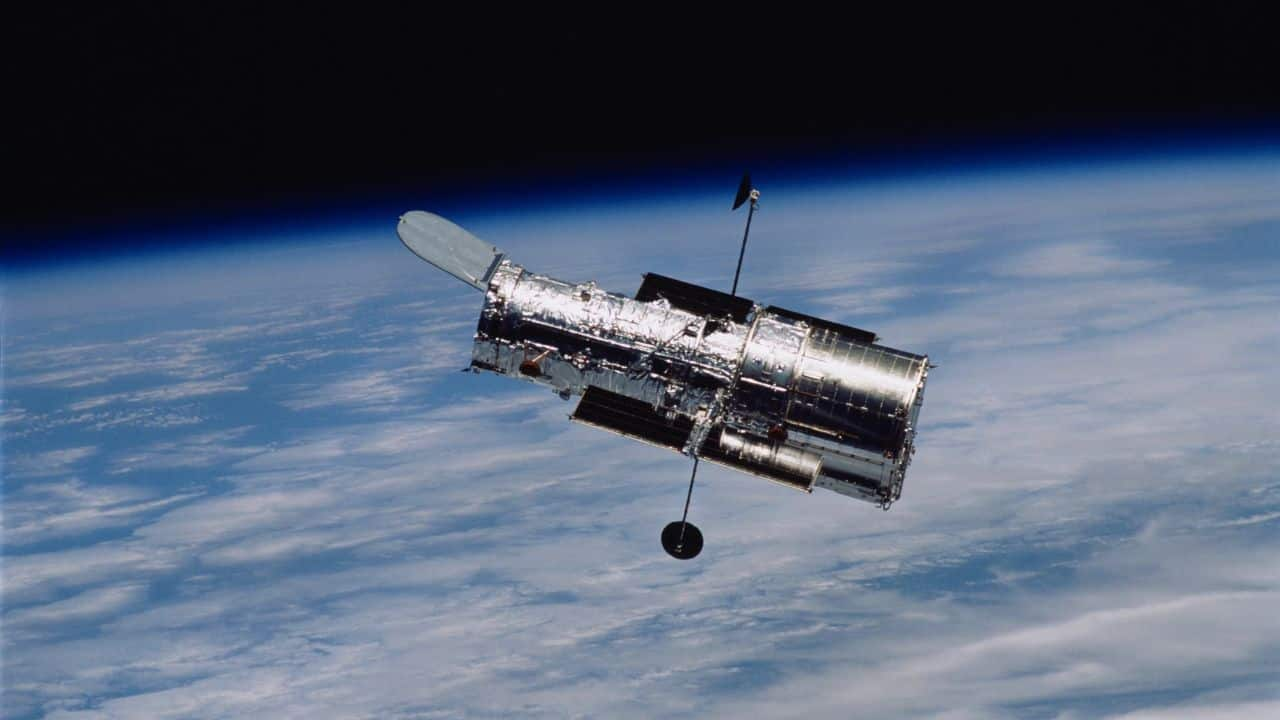



NASA is preparing to launch the Roman Space Telescope in 2027, a mission poised to transform our understanding of the universe. Named in honour of Nancy Grace Roman, an astronomer behind Hubble, this telescope will offer a view 100 times broader than its predecessor, with similar clarity.
“Roman will delve into the enigma of dark matter,” Paganini explained. Dark matter, making up 85% of the universe’s mass, is detectable only through its gravitational influence on galaxies and stars. The telescope’s Wide Field Instrument will survey extensive sky areas, advancing our grasp of these elusive components.
“Roman will address fundamental questions in astrophysics, cosmology, and planetary science,” Paganini said. The telescope's wide-field capabilities will make it ideal for studying dark energy, dark matter, and discovering new planetary systems.
 NASA's Hubble Telescope. (Representative Image: NASA)
NASA's Hubble Telescope. (Representative Image: NASA)
“Roman, Webb, and Hubble each have distinct advantages,” Paganini noted. “Roman will complement the other telescopes by finding new exoplanets and galaxies for further study, creating a powerful synergy between them.”
 NASA's Webb Telescope (Representative Image: NASA)
NASA's Webb Telescope (Representative Image: NASA)
The scientific community is abuzz with anticipation. The Roman Space Telescope, nearing the end of its development phase, promises to deliver unparalleled data about the universe. “The information Roman will provide is extraordinary,” Paganini said. With assembly, integration, and testing on the horizon, the wait for this revolutionary telescope is almost over.
Discover the latest Business News, Sensex, and Nifty updates. Obtain Personal Finance insights, tax queries, and expert opinions on Moneycontrol or download the Moneycontrol App to stay updated!
Find the best of Al News in one place, specially curated for you every weekend.
Stay on top of the latest tech trends and biggest startup news.